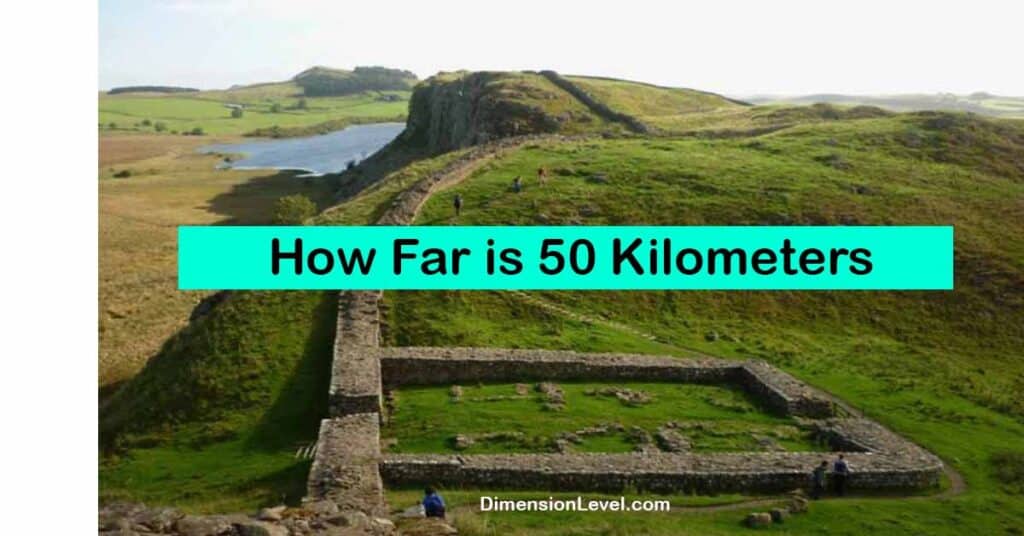Have you ever wondered just how far 50 km really is? This seemingly arbitrary distance can be challenging to visualize without some context.
In this comprehensive guide, we’ll explore 50 km through various lenses, providing you with fascinating comparisons that will help you grasp this distance in relation to well-known landmarks, natural wonders, and everyday scenarios.
Let’s embark on a journey of distance and measurement that will transform your understanding of 50 km.
Understanding 50 km in Everyday Terms
Before we dive into our comparisons, let’s establish a basic understanding of what 50 km means in everyday life.
50 kilometers is equivalent to:
- 31.07 miles
- 164,042 feet
- 54,681 yards
This measurement is significant enough to be a considerable journey but not so vast that it’s beyond our daily experiences. To put it in perspective, 50 km is:
- A lengthy bike ride for an enthusiast
- A substantial road trip segment
- The distance many commuters travel daily
How Long is 50 km to Walk?
Walking 50 km is no small feat. It’s an endeavor that requires significant physical endurance and mental fortitude. Here’s what you need to know:
- Average walking speed: 5 km/h
- Estimated time to walk 50 km: 10 hours (without breaks)
- Calories burned: Approximately 3,000-4,000 (varies by individual)
“A journey of a thousand miles begins with a single step.” – Lao Tzu
This quote rings especially true when considering a 50 kilometers walk. It’s a distance that would challenge even seasoned hikers and ultra-marathoners. To put this into perspective:
- It’s equivalent to walking a half-marathon, then turning around and walking back, and then some more.
- You’d likely need to start early in the morning to finish before dark, assuming you take breaks.
- Proper hydration and nutrition would be crucial for such a long walk.
Preparing for a 50 kilometers Walk:
- Train gradually, increasing your distance over time
- Invest in good walking shoes and comfortable, moisture-wicking clothes
- Plan your route carefully, considering rest stops and potential challenges
- Bring plenty of water and high-energy snacks
- Consider walking with a companion for safety and motivation
50 km Compared to Other Distances
How Far is 50 Kilometers to Drive?
For many, driving 50 km is part of their daily routine. Here’s how it breaks down:
| Speed Limit | Estimated Travel Time |
| 60 km/h | 50 minutes |
| 80 km/h | 37.5 minutes |
| 100 km/h | 30 minutes |
Of course, these times don’t account for traffic, which can significantly impact travel duration in urban areas. Other factors that can affect driving time include:
- Road conditions
- Weather
- Number of stops or traffic lights
- Type of vehicle
In many countries, 50 km is a common distance for intercity travel. It’s far enough to feel like a journey, but close enough to be manageable for a day trip or regular commute. For example:
- In Europe, it might be the distance between two small towns or from a suburb to a city center.
- In the United States, it could be the distance between neighboring small cities or across a portion of a larger metropolitan area.
- In more rural or less densely populated areas, 50 km might be a typical distance to the nearest large town or service center.
You Might Also Like 12 Things That Have an Area of 10 Square Feet
10 Intriguing Real-World Comparisons to 50 km
Now, let’s explore some fascinating comparisons that will help you visualize 50 km in relation to well-known landmarks and natural phenomena.
1. 3/5 of the Panama Canal
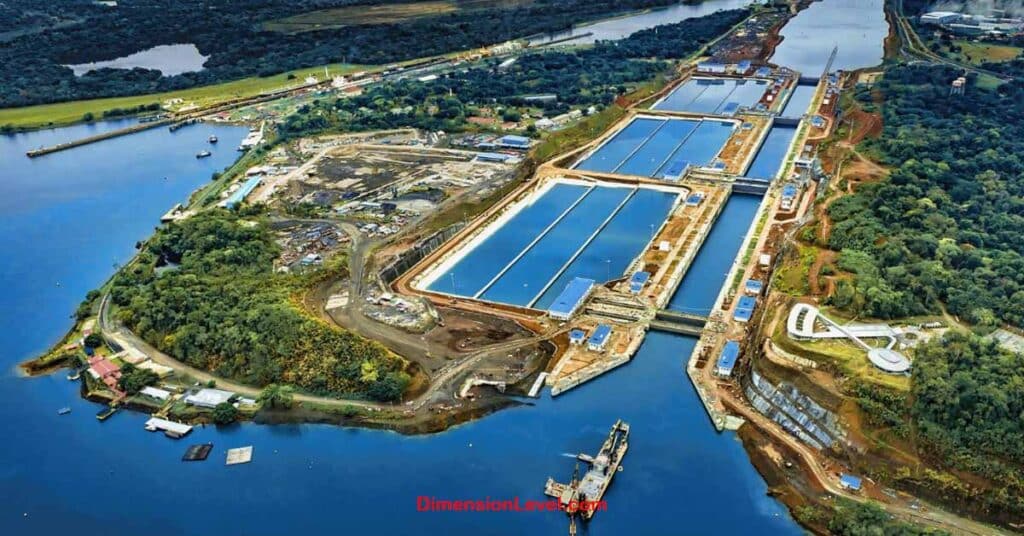
The Panama Canal is one of the most significant maritime shortcuts in the world, spanning 82 km in total length.
- 50 km is approximately 3/5 of the Panama Canal’s length
- This distance covers most of the canal’s main route, including its famous locks
This comparison provides context for understanding 50 km in terms of international trade and engineering marvels. The Panama Canal, completed in 1914, revolutionized maritime trade by providing a shortcut between the Atlantic and Pacific Oceans. Some interesting facts about the canal:
- It takes about 8-10 hours for a ship to pass through the entire canal
- The canal uses a system of locks to lift ships up 85 feet to the main elevation of the canal
- Over 14,000 ships pass through the canal each year
Imagining 50 km as 3/5 of this incredible feat of engineering helps put the distance into perspective.
You might be Interested 11 Everyday Items that are 2 inches Long/Big
2. 15 Times The National Mall
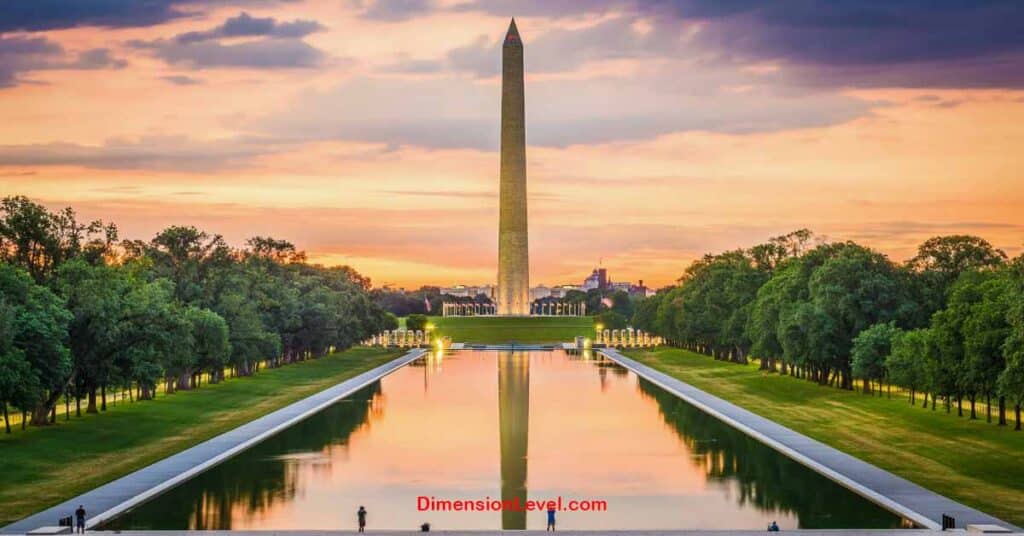
The National Mall in Washington D.C. is a beloved landmark stretching about 3.2 km from the Capitol Building to the Lincoln Memorial.
- 50 km is roughly 15 times the length of the National Mall
- Walking this distance would be equivalent to touring the National Mall 15 times
This comparison helps visualize 50 km in the context of one of America’s most iconic urban landscapes. The National Mall is home to:
- Several Smithsonian museums
- The Washington Monument
- Reflecting pools and scenic gardens
Imagine walking from the Capitol to the Lincoln Memorial and back more than seven times. That’s the equivalent of 50 km!
3. 7x The Calangute Beach
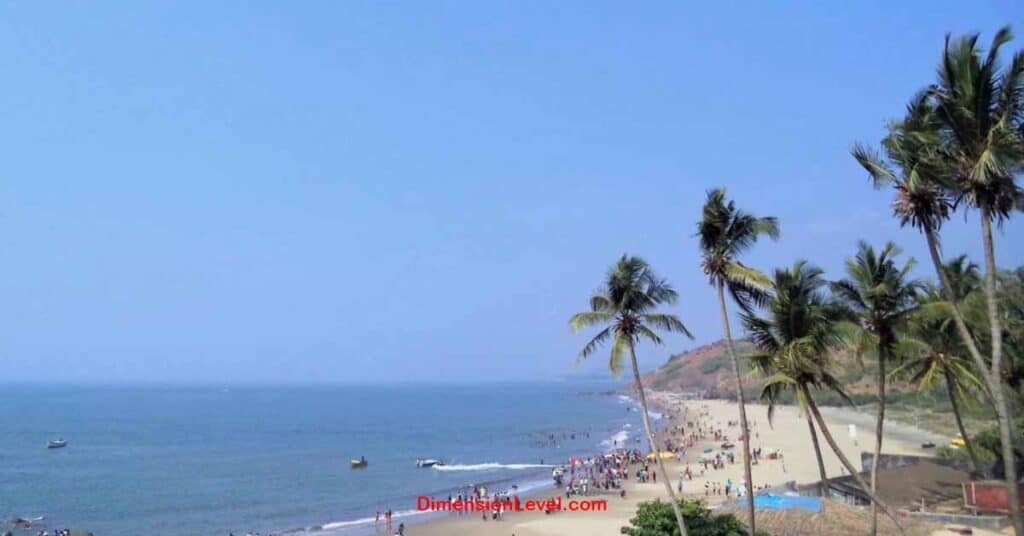
Calangute Beach in Goa, India, is known as the “Queen of Beaches” and stretches for about 7 km.
- 50 km is approximately 7 times the length of Calangute Beach
- Imagine walking the entire length of this famous beach 7 times
This coastal comparison provides a relatable scale for those familiar with popular beach destinations. Calangute Beach is renowned for:
- Its golden sands and clear waters
- Water sports activities like parasailing and jet-skiing
- Vibrant beach shacks serving local cuisine
Visualizing 50 km as seven lengths of this famous beach helps put the distance into a more tangible, vacation-oriented context.
4. Three Round Trips in The Mackinac Bridge
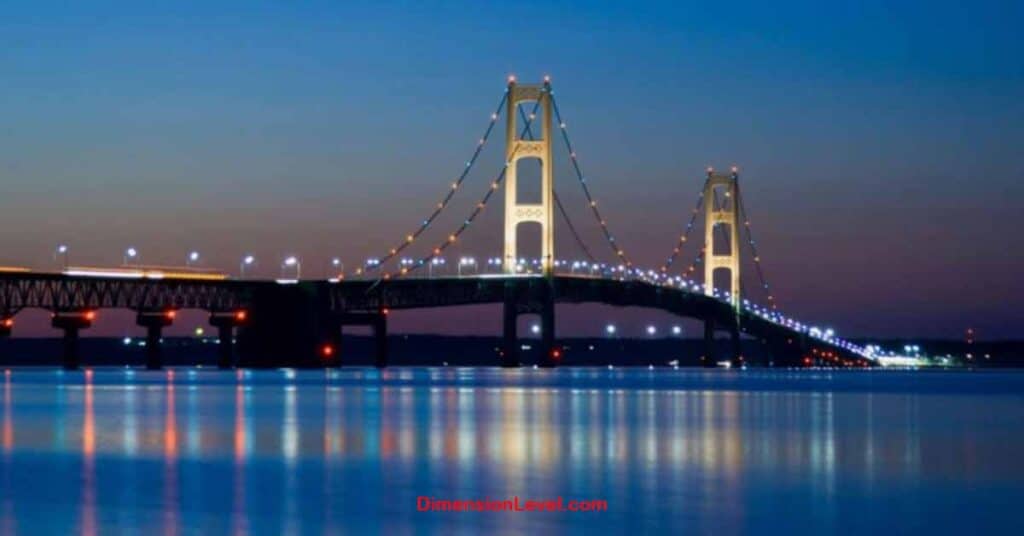
The Mackinac Bridge, connecting Michigan’s upper and lower peninsulas, spans 8 km.
- 50 km is equivalent to about three round trips across the Mackinac Bridge
- This comparison helps visualize the distance in terms of a significant infrastructure project
The Mackinac Bridge, opened in 1957, is an engineering marvel:
- It’s the longest suspension bridge in the western hemisphere
- The bridge deck is 200 feet above the water at mid-span
- It’s designed to withstand winds of up to 150 mph
Imagining driving back and forth across this impressive structure three times gives a sense of the scale of 50 km.
5. 2/5 the Length of Hadrian’s Wall
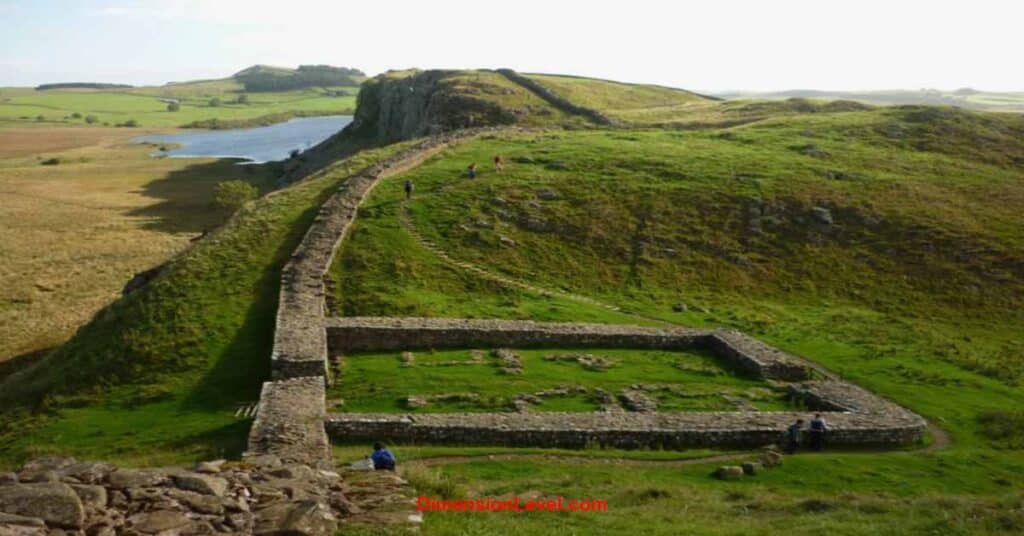
Hadrian’s Wall, built by the Romans in England, originally stretched for 117.5 km.
- 50 km is about 2/5 of the length of Hadrian’s Wall
- This historical comparison helps us understand 50 km in the context of ancient fortifications
Hadrian’s Wall, constructed in 122 AD, was a defensive fortification in Roman Britain:
- It marked the northern limit of the Roman Empire
- The wall was about 3 meters wide and 5-6 meters high
- It included milecastles, barracks, ramparts, and forts
Visualizing 50 km as almost half of this ancient wonder provides a historical perspective on the distance.
Explore this 13 Common Things That Are 50 mm Long/Big
6. 8x Height of The Mount Denali
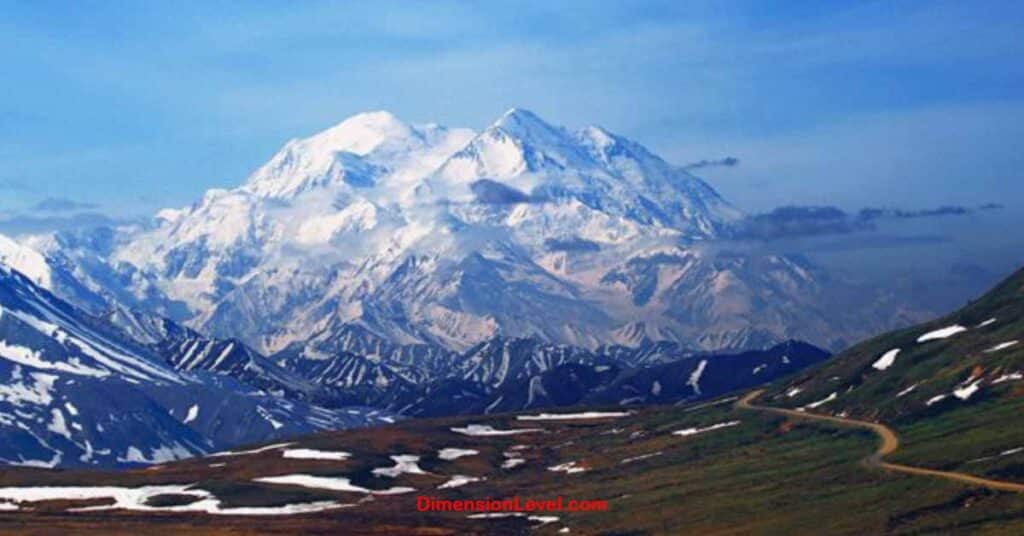
Mount Denali, the highest peak in North America, stands at 6,190 meters (about 6.19 km).
- 50 km is approximately 8 times the height of Mount Denali
- This vertical comparison helps us grasp the scale of 50 km in relation to Earth’s topography
Mount Denali, located in Alaska, is a formidable mountain:
- It has a greater base-to-peak height than Mount Everest
- The mountain is still growing due to tectonic activity
- Its peak is perpetually covered in snow and ice
Imagining a distance equal to stacking Mount Denali on top of itself 8 times provides a vivid vertical perspective on 50 km.
7. 1.2x The Running Marathons
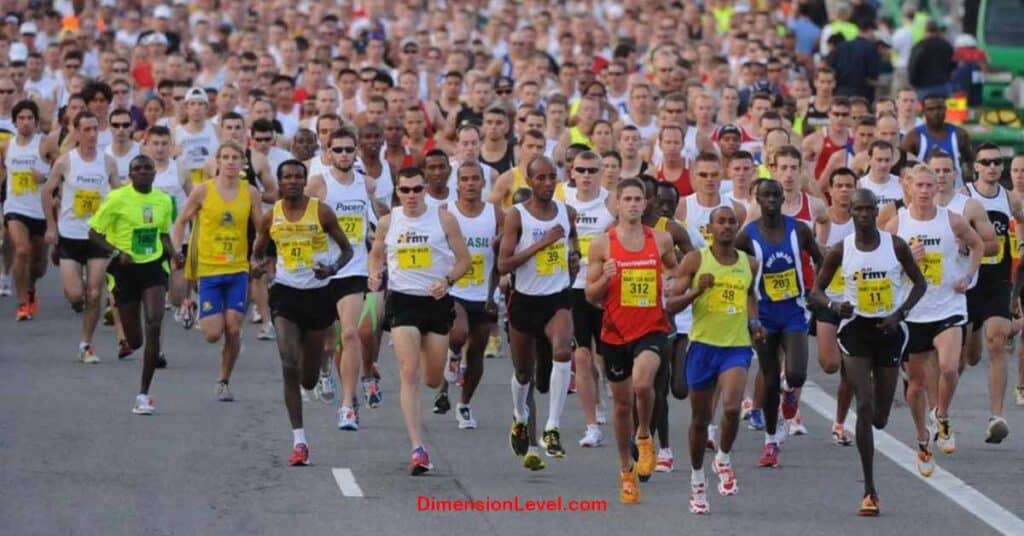
A standard marathon is 42.195 km long.
- 50 kilometers is about 1.2 times the length of a marathon
- This distance is often referred to as an “ultra-marathon”
This athletic comparison provides context for those familiar with long-distance running. Some interesting marathon facts:
- The marathon distance commemorates the run of Pheidippides from Marathon to Athens
- Elite marathoners can complete the distance in just over 2 hours
- The average marathon finishing time is around 4-5 hours
Knowing that 50 km exceeds even this challenging distance by 20% puts it into perspective for runners and non-runners alike.
8. Seven Times The Las Vegas Strip
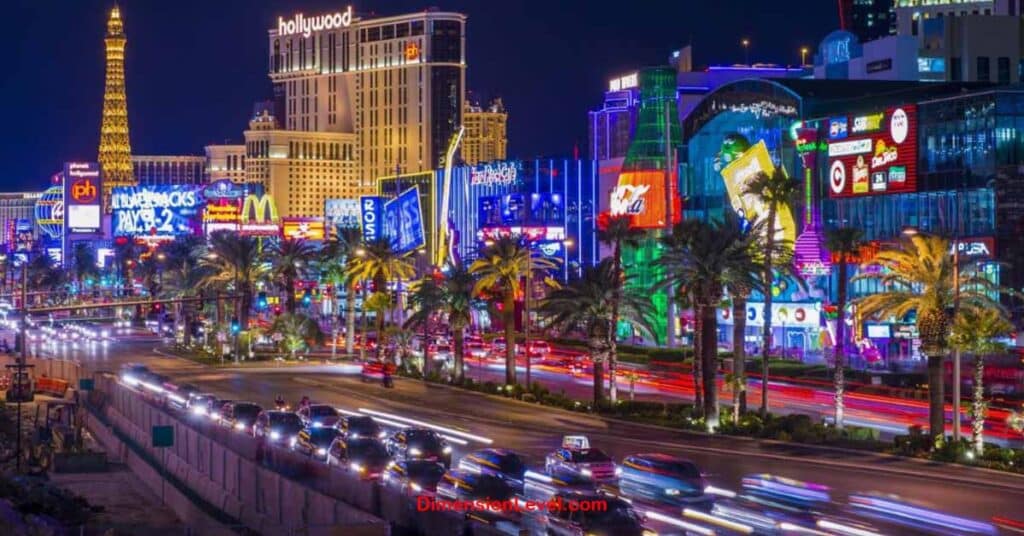
The Las Vegas Strip, famous for its hotels and casinos, is about 6.8 km long.
- 50 km is approximately 7 times the length of the Las Vegas Strip
- Imagine walking the entire Strip 7 times to cover 50 km
This urban comparison helps visualize the distance in terms of a well-known entertainment district. The Las Vegas Strip is home to:
- Some of the world’s largest hotels
- Spectacular shows and performances
- Replicas of global landmarks like the Eiffel Tower and the Venetian canals
Picturing this vibrant, bustling street repeated seven times gives a sense of the scale of 50 km in an urban context.
9. Four and a Half times the Maxwell Montes
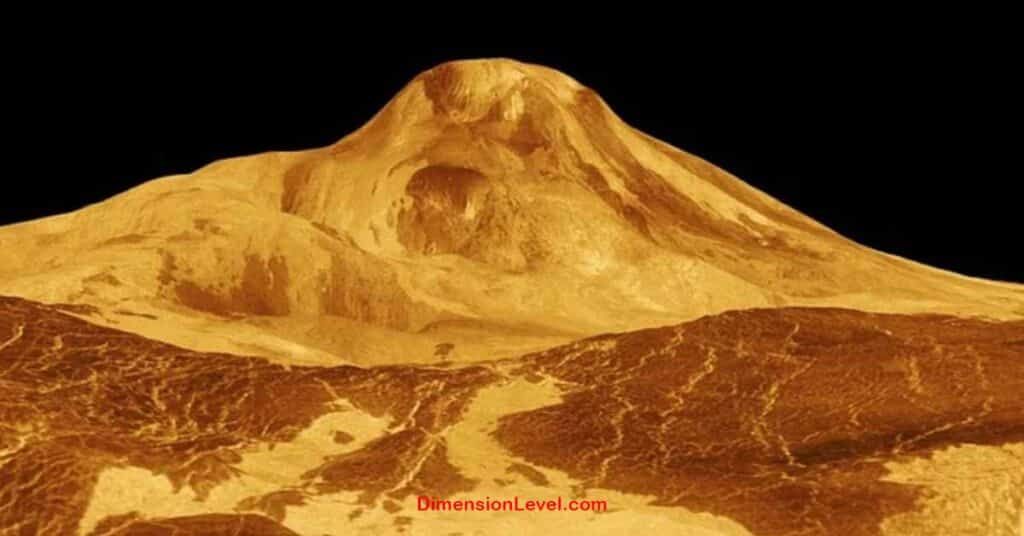
Maxwell Montes, the highest mountain on Venus, rises about 11 km above the planet’s mean surface level.
- 50 km is about 4.5 times the height of Maxwell Montes
- This extraterrestrial comparison provides a cosmic perspective on the distance
Maxwell Montes is a fascinating geological feature:
- It’s named after James Clerk Maxwell, a 19th-century physicist
- The mountain is composed of metal-rich rocks that reflect radar well
- Its summit is the coolest and least pressurized place on Venus’s surface
Comparing 50 kilometers to this alien mountain helps us understand the distance in a planetary context.
Read More About 10 Things That Have An Area Of 100 Square Meters
10. 2x the Height of the Olympus Mons
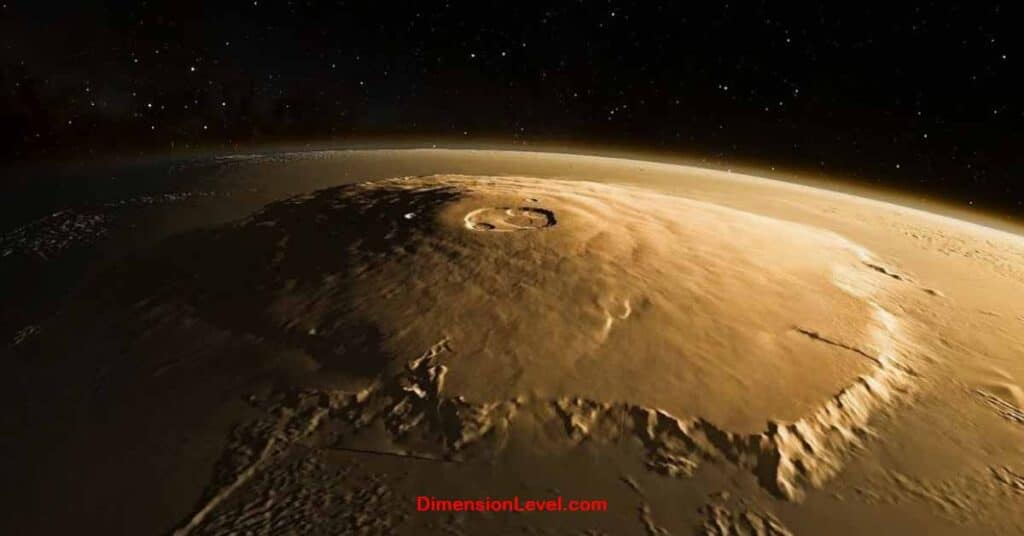
Olympus Mons on Mars is the tallest known volcano and mountain in our solar system, standing at about 21.9 km high.
- 50 km is approximately 2.28 times the height of Olympus Mons
- This comparison helps us understand 50 kilometers in relation to the most extreme topographies in our solar system
Olympus Mons is an awe-inspiring feature:
- Its base would cover an area the size of Arizona
- It’s about three times the height of Mount Everest
- The volcano’s caldera is 80 km wide
Imagining a distance more than twice the height of this Martian giant provides a truly cosmic scale for 50 km.
Final Thoughts
As we’ve explored through these diverse comparisons and analogies, 50 km is a distance that bridges the gap between our everyday experiences and larger geographical and even astronomical scales. From the span of iconic bridges to the length of historical barriers, from earthly mountains to Martian volcanoes, 50 km proves to be a fascinatingly versatile measure.
Understanding this distance enhances our appreciation of the world around us, from the natural wonders that define our planet to the incredible feats of human engineering and endurance. Whether you’re planning a challenging hike, considering your daily commute, or simply trying to grasp the scale of the world around you, these comparisons provide valuable context.
The diversity of these comparisons – from ancient walls to modern cityscapes, from terrestrial peaks to extraterrestrial wonders – showcases how a single distance can be understood in myriad ways. This multifaceted approach to understanding 50 kilometers not only helps us grasp the distance more concretely but also highlights the interconnectedness of our world and the universe beyond.
In our daily lives, 50 kilometers might represent a significant journey or a routine commute. In the grand scheme of our planet, it’s a small fraction of Earth’s circumference. Yet, when we look to the cosmos, it dwarfs some of the most impressive features on other worlds. This range of perspectives reminds us of the relativity of distance and scale in our universe.
Frequently Asked Questions (FAQs)
- How long would it take to run 50 kilometers? A trained ultra-marathoner might complete 50 km in 3-5 hours, while a casual runner could take 6-8 hours or more. The time varies greatly depending on terrain, weather conditions, and the runner’s fitness level.
- Is 50 km considered a long distance for cycling? For beginners, 50 kilometers is a challenging distance. For experienced cyclists, it’s a moderate ride, often completed in 2-3 hours. Many recreational cyclists aim for 50 km as a good weekend ride distance.
- How does 50 km compare to a marathon? A marathon is 42.195 km. 50 kilometers is about 1.18 times the length of a marathon, often referred to as an “ultra-marathon” distance. It’s a significant step up from a standard marathon and requires additional training and endurance.
- Can you see 50 km from an airplane? Yes, from a typical cruising altitude of 10,000 meters, you can see much farther than 50 kilometers, assuming clear weather conditions. At this height, the horizon is about 357 km away, though atmospheric conditions can limit actual visibility.
- How many steps would it take to walk 50 km? Assuming an average stride length of 0.7 meters, it would take approximately 71,429 steps to walk 50 kilometers. However, this can vary based on a person’s height and walking style.
Read also How Big is 100 Square Feet? 11 Common Comparisons

Deborah Melindah is an experienced blogger passionate about exploring the world of dimensions. With a keen eye for detail and a talent for simplifying complex topics, she shares her knowledge on spatial concepts, measurements, and more. Deborah’s insightful posts make it easy for readers to grasp and apply dimensions in everyday life, whether for personal projects or professional pursuits.

